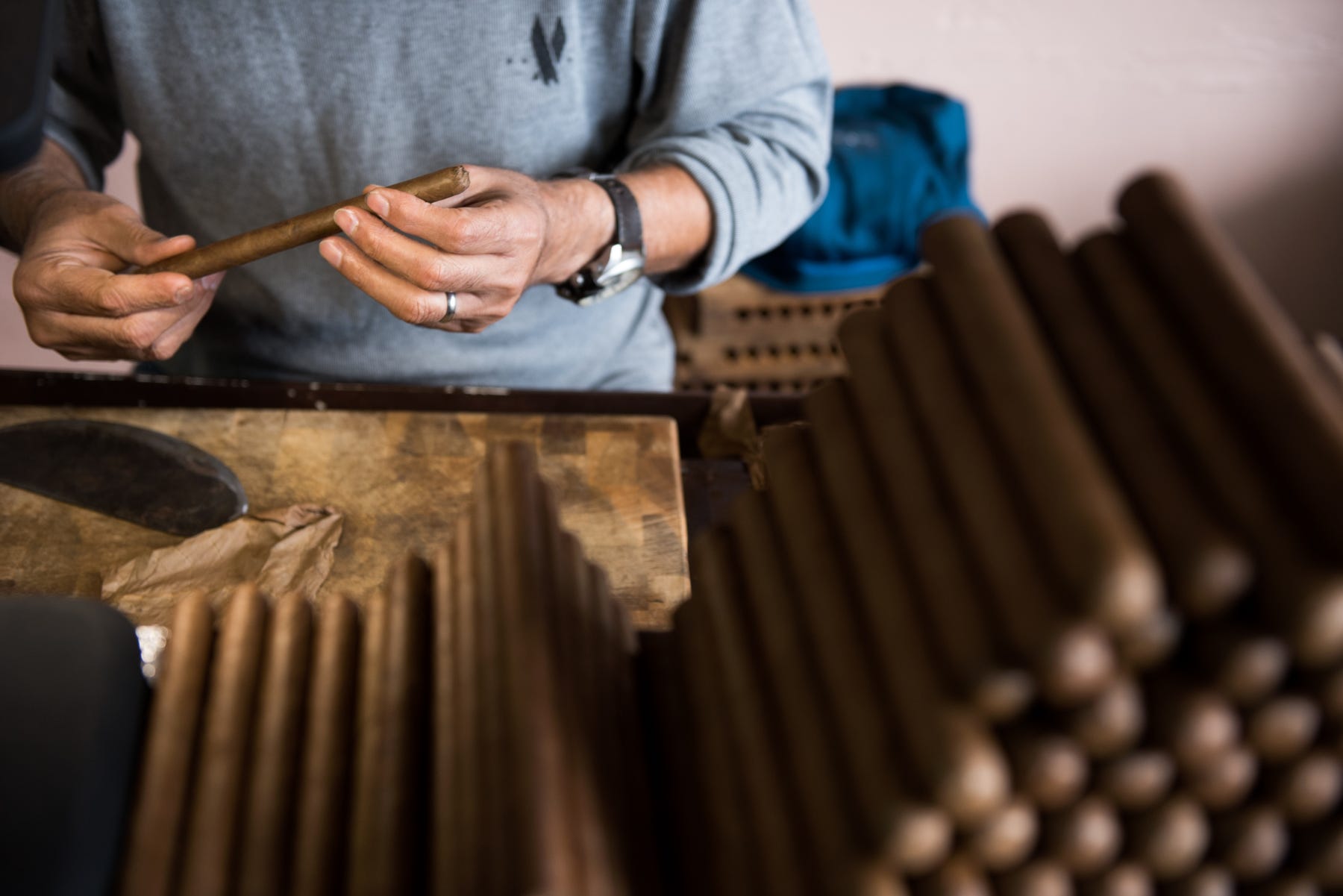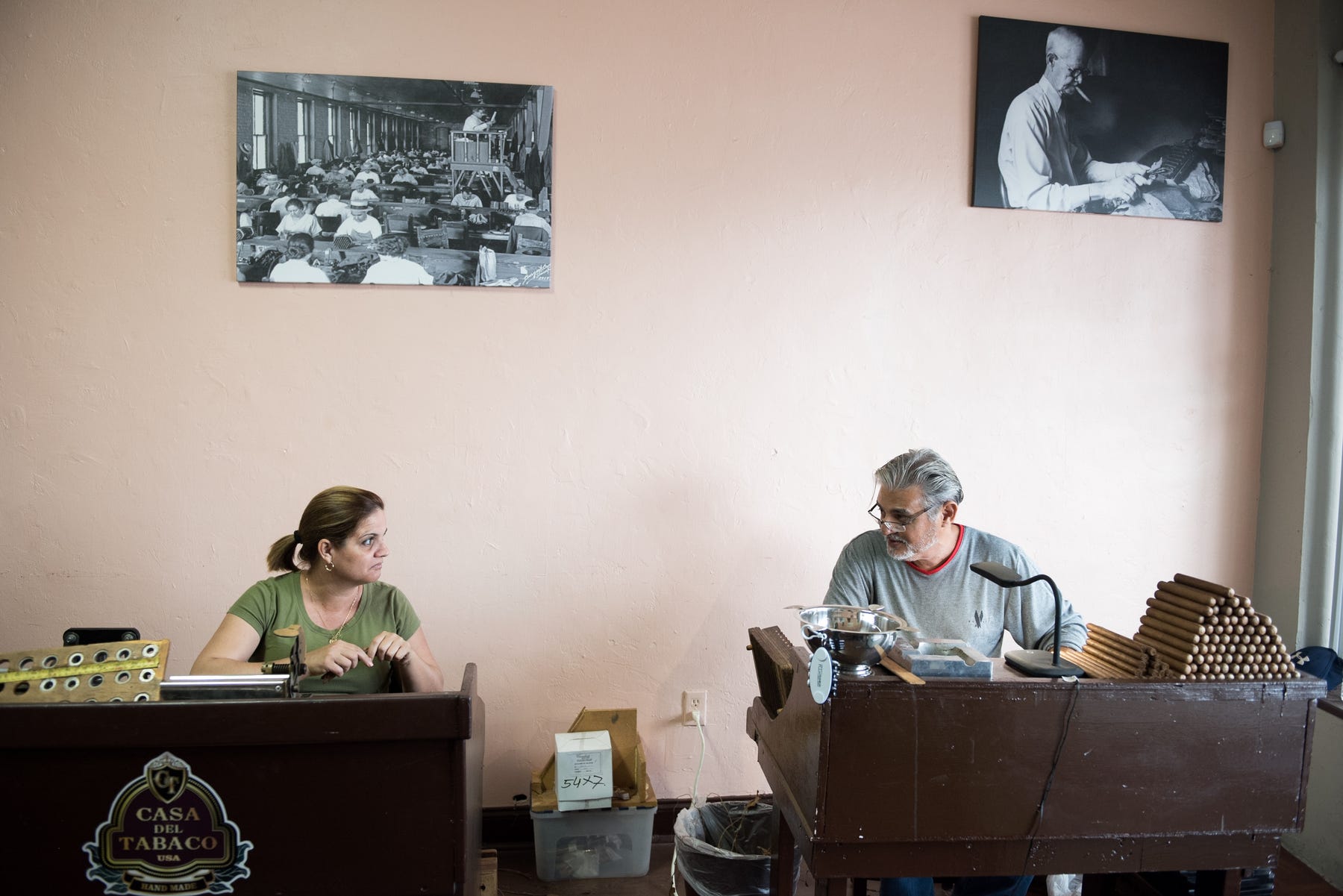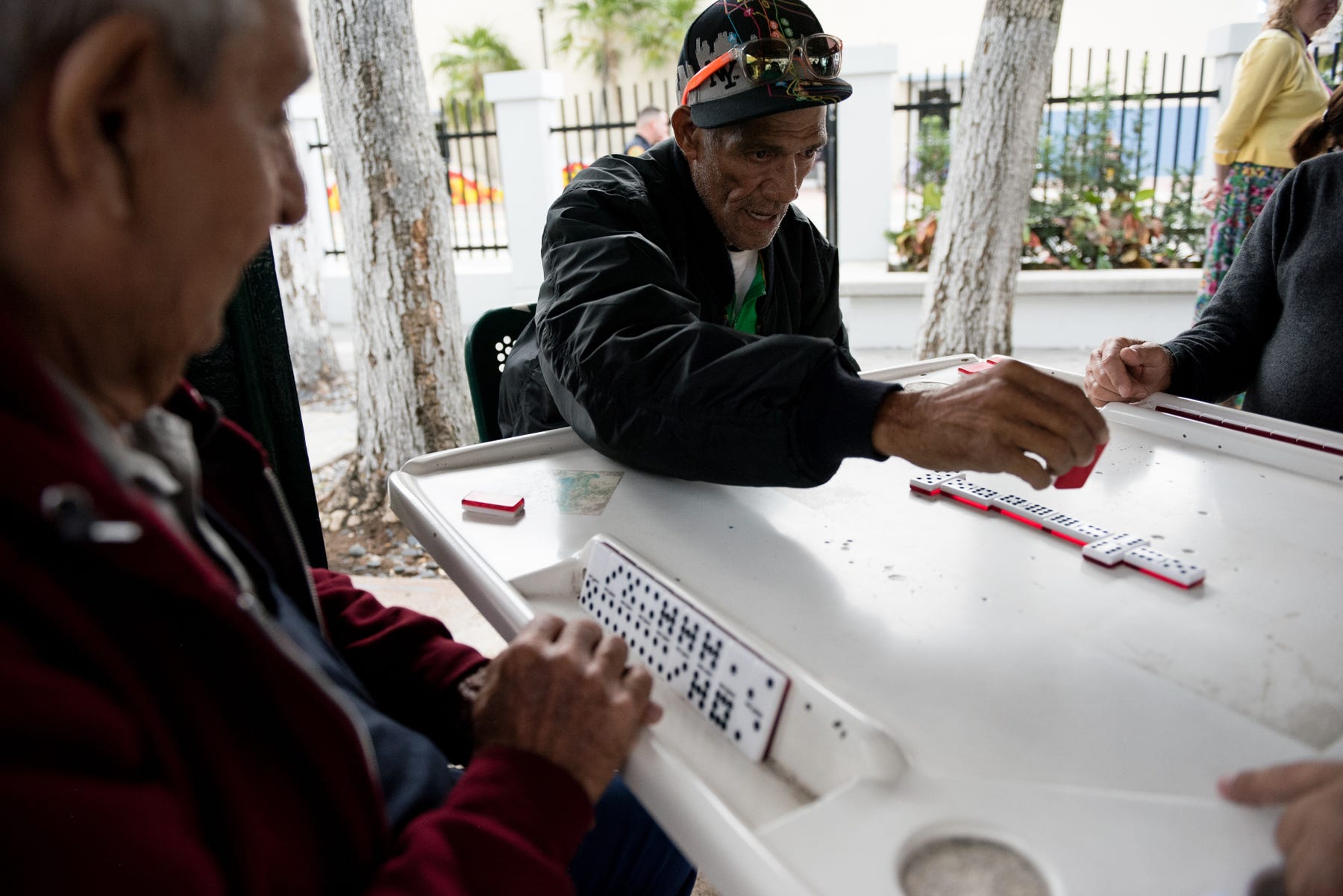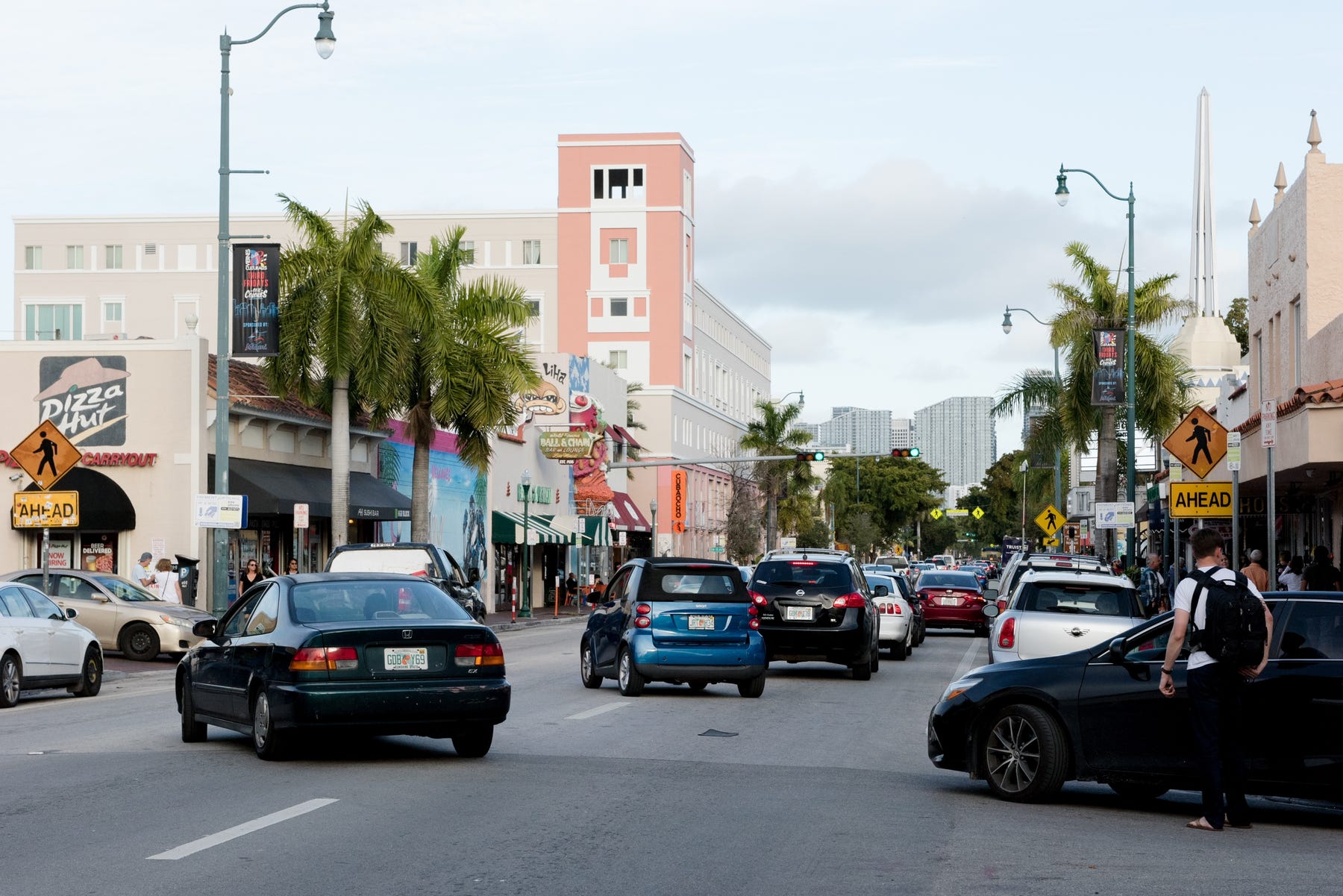USA TODAY: Before Super Bowl, Miami’s Little Havana faces exodus of Cubans, pressure from developers
01/31/2020
Alan Gomez, USA TODAY
Updated 6:52 a.m. EST Jan. 31, 2020
The USA TODAY Network series Hecho en USA, or made in America, focuses on the nation’s growing Latino community. Roughly 80% of all Latinos living in the U.S. are American citizens, but media coverage of Hispanics tends to focus on immigration and crime, instead of how Latino families live, work and learn in their hometowns. Hecho en USA tells the stories of the nation’s 59.9 million Latinos – a growing economic and cultural force, many of whom are born in the U.S.
MIAMI – Just past the row of Cuban restaurants, past the park where Cubans spend their days playing dominoes, past the crowing roosters and the Bay of Pigs Memorial, there’s a cigar shop in the heart of Little Havana.
Inside Casa del Tabaco, native Cubans spend their days rolling the cigars that have become as synonymous with the Cuban experience as rum, baseball and salsa dancing.
But the tobacco leaves used to roll those iconic stogies hold a secret: The seeds are from Cuba, but the plants are grown in Nicaragua, Ecuador and the Dominican Republic. The store itself has another surprise: Its owner, René Diaz, isn’t Cuban either. He’s from Chile.
That same dichotomy plays out on a larger scale throughout Little Havana. The once predominantly Cuban enclave has changed dramatically in recent years, and development threatens to plow over the historic neighborhood as the population has morphed into a hodgepodge of people from Mexico, Central America, South America and the Caribbean.

Aleida Francisco and Rodolfo Amaro Beltrán, both native Cubans, create handmade cigars at Casa del Tabaco in Little Havana. The staff are all Cuban, but the owner, René Diaz, is from Chile and wants to keep the Cuban culture of Little Havana alive. “This is the closest they’ll get to the Cuban culture without going to Havana,” Diaz said.SANDY HOPPER, USA TODAY
That trend can be seen clearly in a three-block stretch of the historic Calle Ocho that cuts through the middle of Little Havana. There’s a Honduran restaurant, a Salvadoran one, a Mexican one, even a Colombian-Nicaraguan restaurant that serves food from both countries.
Marcia Romero, 58, moved into the area 18 years ago from her native Nicaragua because she knew it was a friendly place for immigrants. Back then, it was all Cuban. Now?
“That’s the beauty of Miami. People come here and adopt each other’s traditions.”
-Jocelyn Mendoza, manager at Mi Rinconcito Mexicano
Sady Guerra, 29, a construction worker from Honduras who arrived in the U.S. last year with his wife and daughter to request asylum, said he thought he would land in an area dominated by Cubans. After getting to know his new neighborhood, he realized how much had changed.
“Maybe it’s time to change the name,” he joked. “Little Havana worked back then, but now, it’s so mixed, that doesn’t really apply anymore.”
The fact that Little Havana’s demographics are changing represents the latest evolution in the neighborhood’s history.
Little Havana, the heart of the Cuban-American community in Miami, is no longer majority Cuban. Locals are fighting development to save their history.
SANDY HOOPER, USA TODAY
The area was first populated by Southern Americans willing to take a risk and move to swampy South Florida shortly after it was founded in 1896. The neighborhood transitioned into a working-class Jewish enclave, filled with transplants from New York and other northern cities.
As those Jewish residents moved up the economic ladder, they moved out to newer suburbs developed on the western edges of Miami-Dade County. That exodus happened as Fidel Castro took over Cuba in 1959, which prompted hundreds of thousands of Cubans to flee his communist regime. So many of them landed in the homes vacated by the Jewish residents that it didn’t take long before the neighborhood was dubbed Little Havana.

Little Havana locals play dominoes in historic Domino Park, “a great gathering place for older Cubans,” a Miami historian says. SANDY HOOPER, USA TODAY
“The Cubans moved out, but the essence, the soul of Cuba remains here. That never left.”
-Julio Cabrera, a Cuba native who opened La Trova last year
“The Cubans moved out, but the essence, the soul of Cuba remains here,” said Cabrera, a Cuban native who emigrated to the U.S. 15 years ago. “That never left.”
What that means for the future of Little Havana remains unclear as neighborhood leaders grapple between nostalgia and profit.
For decades, the area has been neglected by city leaders, falling into a state of disrepair throughout the 1990s and 2000s. It experienced a resurgence in the past decade as more bars and restaurants opened, and double-decker tour buses made the neighborhood a regular stop on their tours of Miami.
“We don’t want displacement. We don’t want to move the people out of there. You need to try and protect it as much as you can.”
-Juan Mullerat, whose Plusurbia urban design firm created a master plan for the neighborhood last year
Holding off eager developers is difficult for a neighborhood that’s received little attention from the city. According to Mullerat, the Miami government has conducted 23 planning studies since 1997 of the nearby Coconut Grove neighborhood, which features wealthier residents, high-rise condominiums and restaurants that cater to high-priced tourists.
Over that same time, the city has conducted only one such plan for Little Havana: the master plan his firm published last year, which hasn’t been adopted by the city.
Part of the problem is that Little Havana remains a working-class neighborhood, where 80% of residences are occupied by renters and more than 87% of rental properties are priced at less than $1,000 a month, according to Mullerat’s study. That’s good news for Miami residents desperate for affordable housing, but it makes it difficult for residents to band together to pressure city leaders to ensure that remains the case.
In 2015, the National Trust for Historic Preservation, a Washington-based nonprofit group that works to preserve historic sites, listed Little Havana as one of its 11 most endangered historic places. The organization argued that the neighborhood faced “development pressure, demolition of historic buildings, displacement of existing residents, and zoning changes that could impact its affordability, cultural richness, and character.”
Locals say that threat remains. That’s why Miranda and other real estate developers have tried to preserve Little Havana’s identity on their own.
“You don’t need to come in here and bulldoze city blocks to build brand new sparkling businesses with ground-floor Chipotles and Starbucks,” he said. “We’re showing, and we’re proving, that people thirst for authenticity and thirst for vibrant, urban environments.”

Historic Calle Ocho in Little Havana was once a predominantly Cuban neighborhood, but that’s changed because of development and demographics. Cubans make up only a third of the population in Little Havana. SANDY HOOPER, USA TODAY